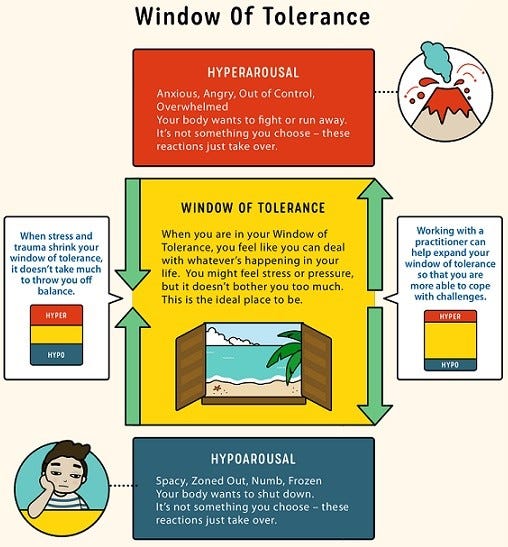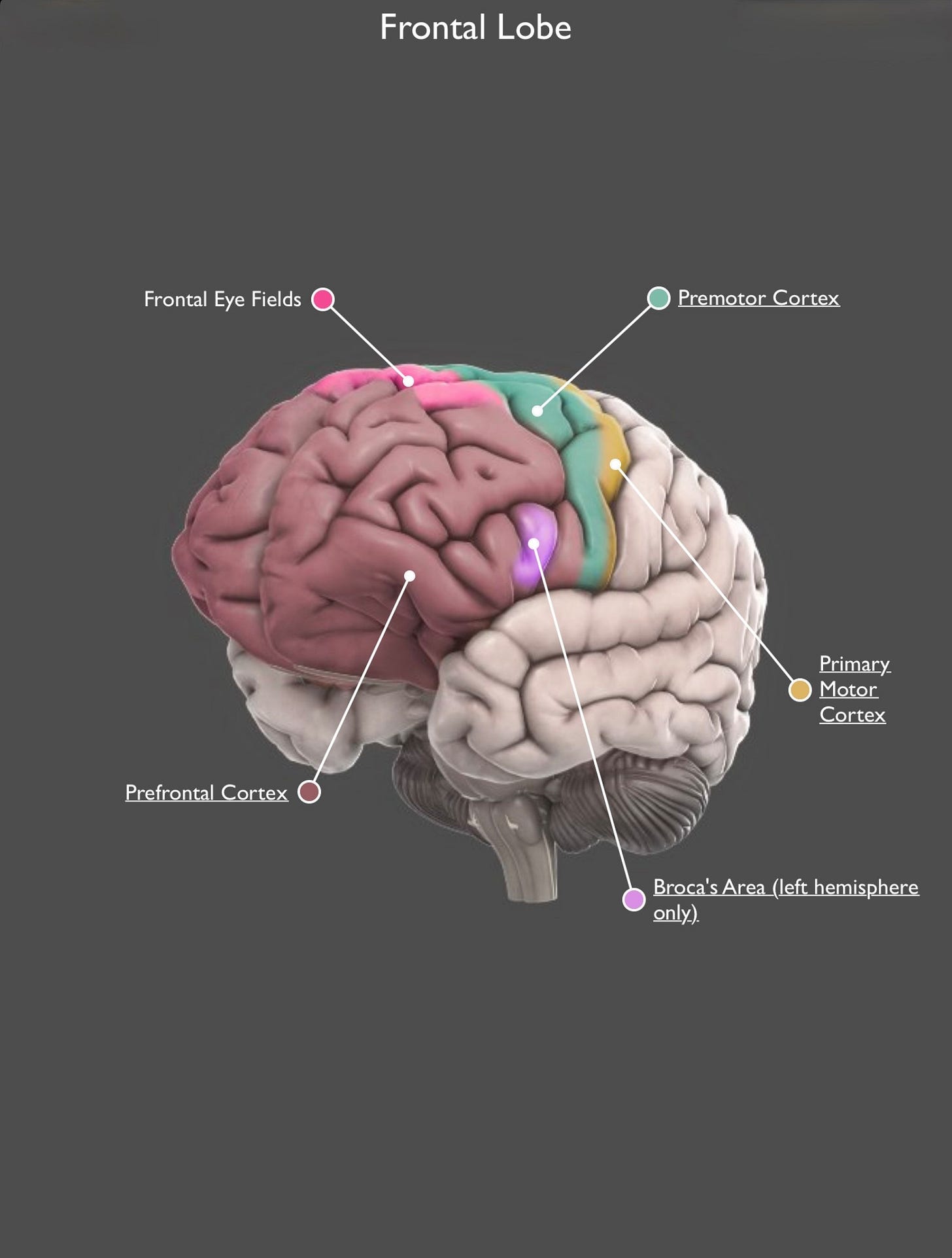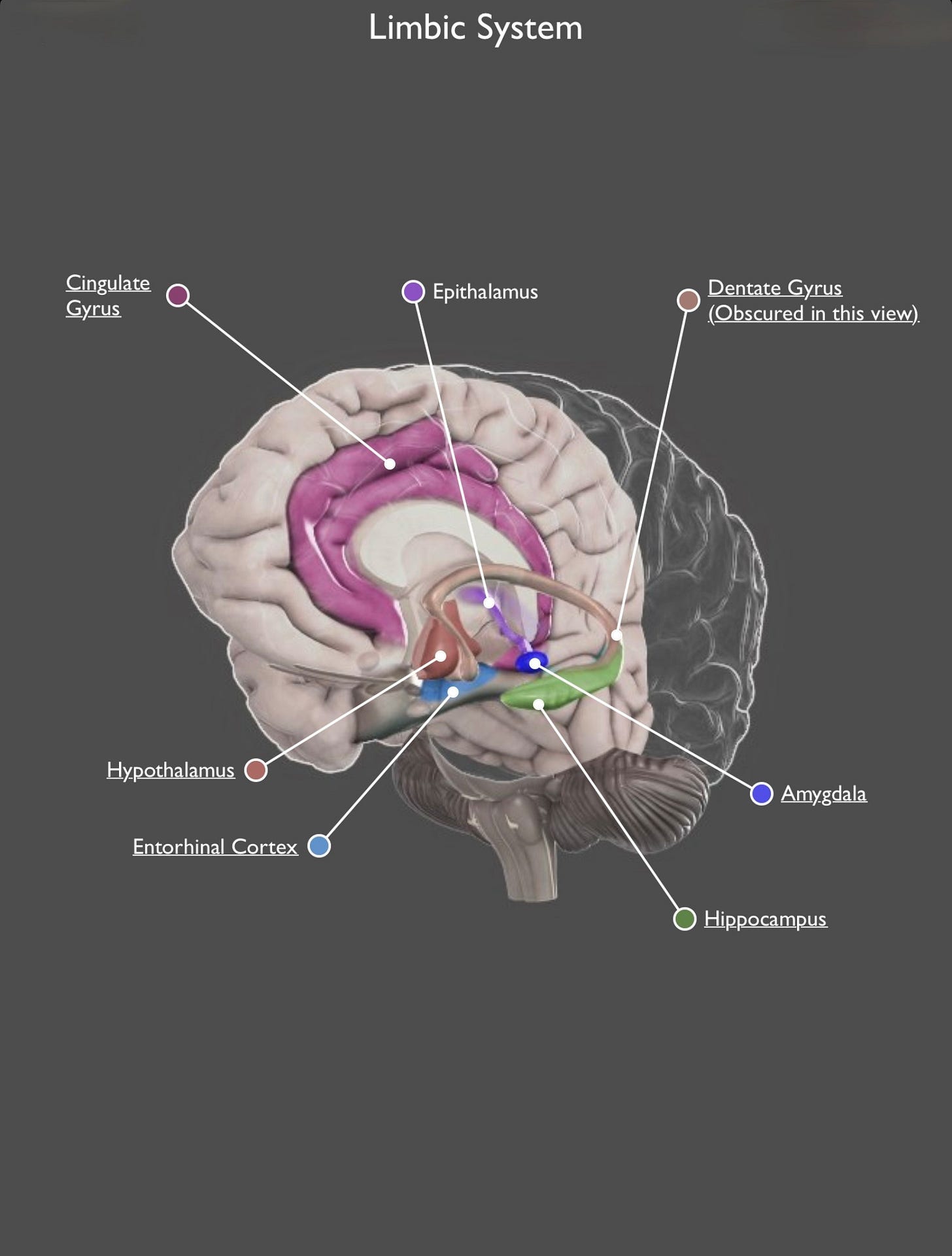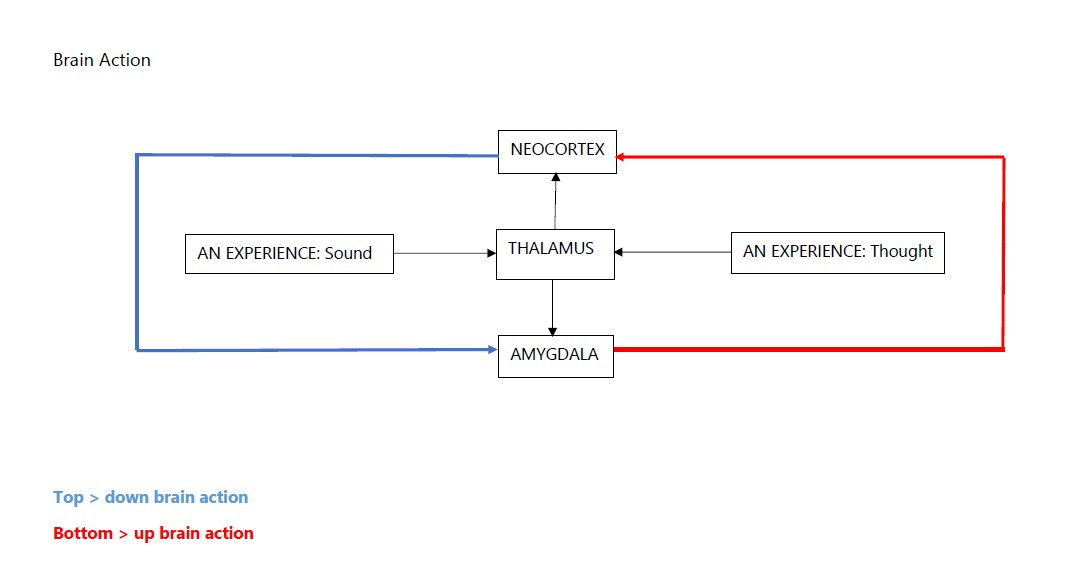How you got here
We need to understand how we got here, to know how to move forward
I was watching an interesting talk earlier today – nothing to do with hearing or tinnitus by the way – it was actually about current problems we are facing in the UK! The speaker said: “If we are going to decide how we move forward from here, we need to understand how and why we got here in the first place.”
The statement may immediately make sense to you – or maybe you hadn’t thought about it before. In either case, here are some thoughts for you to consider in relation to what brought you to the CBT4T Substack, whether you are already enrolled on the CBT4T programme as many of you are, or if you are considering enrolling, or you are a professional or support worker helping people struggling with tinnitus.
To be able to genuinely understand how and why we got to where we are, our understanding has to be explored in a dispassionate way. For pretty much everyone coming to the CBT4T programme, thinking back over the time since tinnitus first began causing a problem is going to be nigh impossible to explore “dispassionately”.
How can you reason objectively when your mind and body is doing the opposite – your mind being muddled and emotional, and your body reacting by being tense and fatigued through stress, anxiety, fear and worry? Rather than having an ability to be objective, that ability is massively reduced to a different type of reasoning – subjective reasoning. It is the process within the CBT4T programme that enables you to understand the how and the why.
Subjective “emotional reasoning” is one of the very common Cognitive Distortions we experience when we are distressed. They don’t come along one at a time – several of them invariably run concurrently: further common examples are:
predicting the future
minimising the positive while maximising the negative
all or nothing thinking
self and other blaming
….. to name just a handful of them. They come about because consciously and unconsciously, we are attempting to make sense of what is happening to us. Human beings like certainty, and feel threatened by uncertainty. The less sense we can make of what is happening, the worse we feel, and we have less ability to tolerate the situation we find ourselves in.
Window of Tolerance
If you are living in the UK, unless you have been living under a rock recently, you have more than likely come across the term “the Overton Window” or “shifting the Overton Window”. Unlike the Overton Window that itself moves (shifts) with the tide of public opinion (commonly depicted as moving left to right or right to left), the Window of Tolerance we experience as an individual, expands and contracts.
When we feel calm, are fit and healthy in mind and body, the more expansive is our Window of Tolerance:
Diagram: National Institute for the Clinical Application of Behavioral Medicine (NICABM)
As indicated in the diagram:
“When you are in your Window of Tolerance, you feel like you can deal with whatever’s happening in your life. You might feel stress or pressure, but it doesn’t bother you too much. This is the ideal place to be.”
However, when stress and pressure increase to a point beyond your ability to feel like you can cope with what is happening in your life, your Window contracts.
The more you feel unable to cope, the more stressed and anxious (hyper-arousal) you feel, and your mood becomes suppressed leaving you feeling low and depressed (hypo-arousal)
As the Window of Tolerance contracts, the area:
above the window (hyper-arousal - too much arousal) expands, and
below the window (hypo-arousal - too little arousal) expands
Hyper-arousal and/or hypo-arousal significantly impacts our ability to think clearly, emanating from an imbalance of action happening in the brain.
When we are calm vs when we are stressed/anxious
Pre-frontal cortex (PFC) – reasoning and logic
Limbic/amygdala – threat focused/emotionally reactive
When we are calm, there is a good balance of bottom>up (limbic/amygdala > pre-frontal cortex) and top>down (pre-frontal cortex > limbic/amygdala) brain action
When we are stressed/anxious, the limbic/amygdala activity over-powers the pre-frontal cortex (PFC), significantly reducing our ability to reason and think logically
So, back to understanding the answer to the question of how you got here…
Everyone has their own individual story about their journey, likely beginning with “my tinnitus started because…” or “I don’t know what started my tinnitus”.
However, what each does have in common is:
increased bottom>up / decreased top>down brain activity
a reduced Window of Tolerance
Indeed, a reduced Window of Tolerance is CAUSED through increased bottom>up / decreased top>down brain activity.
The answer to the question is therefore:
Re-balance bottom>up / top>down brain activity to re-engage the pre-frontal cortex (PFC)
Expand your Window of Tolerance
How to bring about (1) is tackled from the outset and continues throughout the CBT4T programme. Re-balancing this fundamental area of brain activity begins to expand (2) the Window of Tolerance. This re-balancing frees the pre-frontal cortex (PFC) to take advantage of the brain’s natural ability to grow and strengthen new neural firing patterns through adaptive neuroplasticity.
Adaptive & Maladaptive Neuroplasticity
You may well have heard of “brain plasticity” (the colloquial term for neuroplasticity). When we are stressed, anxious, depressed, struggling in life, brain plasticity hasn’t stopped!
Earlier in this article, I mentioned Cognitive Distortions, and how “They come about because consciously and unconsciously, we are attempting to make sense of what is happening to us.”
As we strive to make sense of what is happening to us, but struggle to do so due to feeling emotional – scared, worried, frustrated, angry etc., brain plasticity is on-going.
Billions of neurons continue firing, forming millions of inter-connections throughout the entire brain and nervous system. What we think, what we come to believe and what we feel is reflected in those patterns of firing neurons, making it predictable that we will continue to feel – and think – the same over and over again.
Brain plasticity is always at work, but when we are going through difficult times in life, rather than being adaptive plasticity, this is maladaptive brain plasticity. You may have read an earlier article in the CBT4T Substack: “Two Arrows”, explaining how it is the second and subsequent arrows that cause “suffering”. Suffering is maladaptation in a small, contracted Window of Tolerance at work!
Expanding the Window of Tolerance
The goal is to return to your natural Window of Tolerance where:
“… you feel like you can deal with whatever’s happening in your life. You might feel stress or pressure, but it doesn’t bother you too much. This is the ideal place to be.”
When you have already made a great start by improving the balance of top>down and bottom>up brain action, you are able to change the way brain plasticity is functioning – away from being maladaptive (problem-oriented and unhelpful) towards being adaptive (recovery-oriented and helpful).
In Summary
How and why did we get here in the first place?
By attempting to make sense of what was happening
Trying to counter uncertainty with certainty
Thinking became more subjective than objective
Increased bottom>up / decreased top>down brain activity
Brain plasticity became maladaptive
Window of Tolerance became smaller
To understand ‘how and why we got here in the first place’, enables us to see there are clearly explainable reasons for it.
More than that, is the realisation that so much of what’s changed for us “because something happened” – usually something that was beyond our control anyway – is not insurmountable as we believed it to be.
Knowing it is in our purview to change what we previously believed to be unchangeable, provides us with the means to a better, healthier future.
Some additional links that may be of interest
To view the CBT4T full programme Outline: https://courses.tinnituseprogram.org/cbt4t-2025
To view CBT for Tinnitus Distress for Audiologists and Hearing Therapists https://courses.tinnituseprogram.org/cbt-for-tinnitus-distress
To view CBT for Tinnitus for Advisors & Support Workers (soon to be updated) https://courses.tinnituseprogram.org/tinnitus-advisors
13/5/25






Exactly what I needed today 👍
This is so helpful. Thankyou.